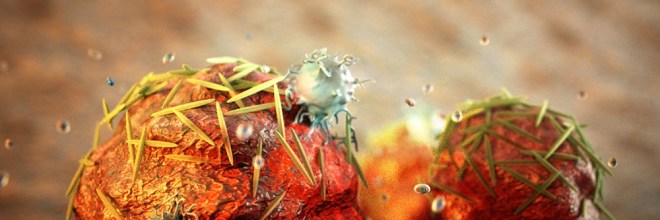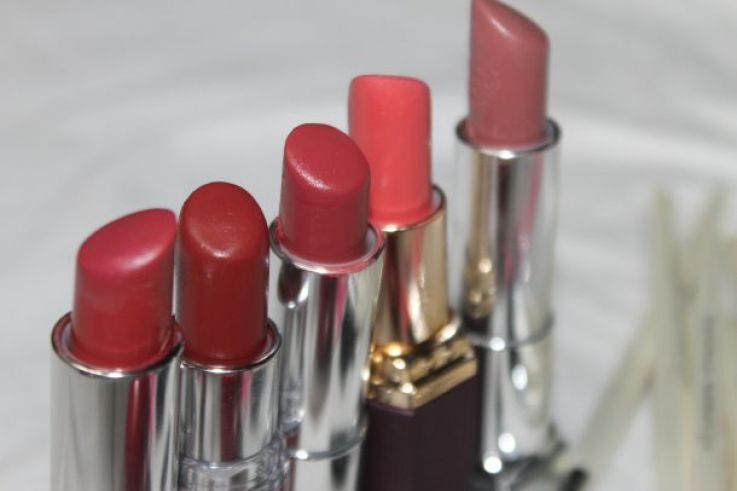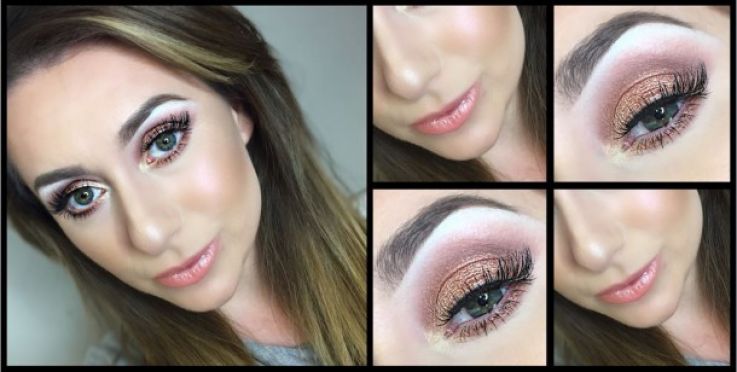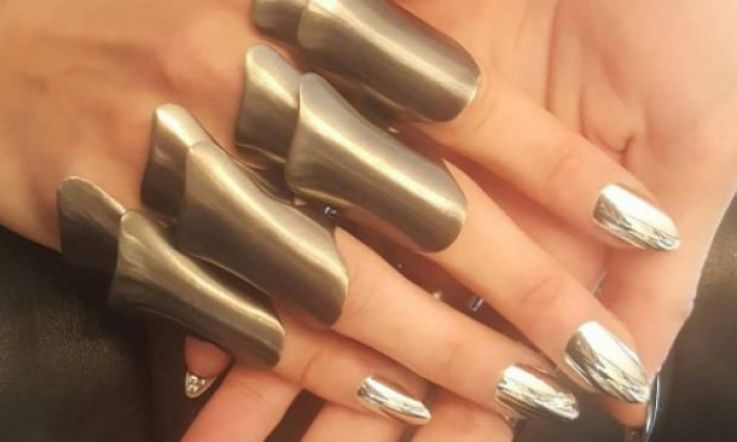

Changing the shape of chemotherapy drug nanoparticles to ensure they are rod-shaped instead of spherical can boost their effectiveness in targeting and treating breast cancer cells by as much as 10,000-fold, according to new information from bioengineers in the University of California, Santa Barbara (UCSB).
As area of the research, a group led by Samir Mitragotri, a professor of chemical engineering and director of the UCSB´s Center for Bioengineering, learned that their nanoparticle shape-changing method could make chemotherapy more effective and effective. By simply making the drugs rod-shaped, these were more prone to correctly target cancer cells and fewer prone to accumulate inside a person´s liver, lungs and spleen.
“What we did here’s to take the antibodies and mix all of them with chemotherapy drugs and reveal that they may be extremely effective,” explained Mitragotri. “Now when individuals make nanoparticles, they often discuss spheres. They make a nice spherical, round particle, and that´s good. But what we found out, and just what we hypothesize, is when you are making the particles right into a different shape in our case, rod they work much better.”
In order to create these enhanced chemotherapy drugs, Mitragotri, post-doctoral researchers Sutapa Barua and Jin-Wook Yoo, and former graduate student Poornima Kolhar (all whom are affiliated with UCSB) took a standard chemotherapy drug and reworked it in a laboratory to create rod-shaped nanoparticles. Then they coated those nanoparticles with trastuzumab, an antibody that disrupts a specific type of protein receptor and is used to treat cancer of the breast.
According to Barua, tratsuzumab binds to the the surface of a cancer cell with those receptor proteins, which she identifies as Human Epidermal Growth Factor Receptor 2 (HER2). Once the antibody bonds to those receptors, it stops the game of the HER2 proteins, which in turn stops the growth of the cancer cell. Normally, tratsuzumab´s efficiency level is low, but using rod-shaped nanoparticles can increase its efficiency by up to 50 percent when utilizing only one microgram per milliliter from the antibody´s solution.
“This excellent approach of engineering shapes of anti-cancer drugs and combining all of them with antibodies represents new direction in chemotherapy,” Mitragotri said Wednesday in a statement. “We were motivated to consider the shape as a key parameter by natural objects. Anyway, all key particles such as viruses, bacteria, red blood cells, platelets are non-spherical. Their shape plays a key role in their function.”
The team´s findings happen to be published inside a recent edition from the journal Proceedings of the Nas (PNAS), as well as their work was based on Genentech, the UC Discovery Program, and also the Daryl and Marguerite Errett Discovery Award in Biomedical Research.











